Search Images
Browse Content (p. 1231)
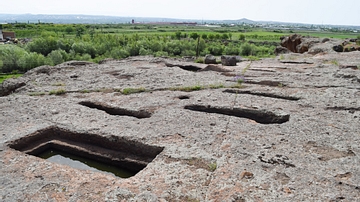
Image
Stone Carved Indentations at Agarak
These indentations in stone found at the Agarak archaeological site were likely used for rituals involving wine and "holy water." They come in a variety of sizes and shapes. The ancients of Agarak believed these rites involving the use of...
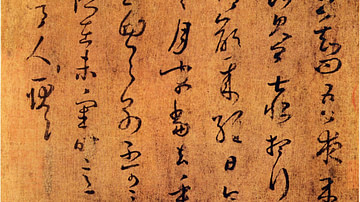
Image
Calligraphy by Wang Xizhi
A portion of copied calligraphy originally by the famed Chinese calligrapher Wang Xizhi (c. 303 - c. 365 CE). Tang dynasty period.
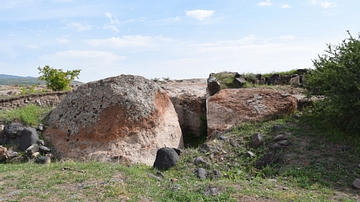
Image
Ancient Agarak Ruins
Ruins at Agarak in what is modern Armenia. This archaeological site was inhabited by people for thousands of years through the Bronze Age, Iron Age, and Urartian period.
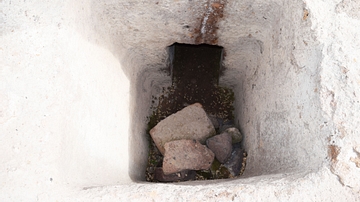
Image
Entrance to Urartian Burial Niche at Agarak
This is the entrance to an Urartian burial niche at the Agarak archaeological site in present-day Armenia. It dates from the 8th or 7th century BCE.
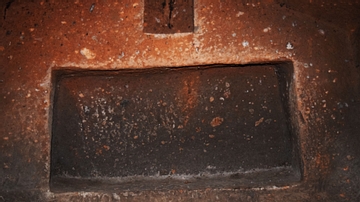
Image
Urartian Burial Niche at Agarak
This is an ancient Urartian burial niche, which was found at Agarak, Armenia. It dates from the 8th-7th centuries BCE.
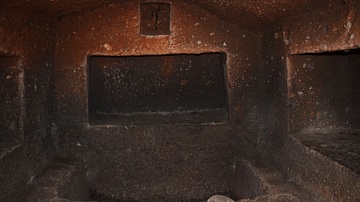
Image
Urartian Burial Niche Interior at Agarak
This is a picture of an ancient Urartian burial niche at the Agarak archaeological site in what is present-day Armenia. It dates from roughly the 8th or 7th century BCE.
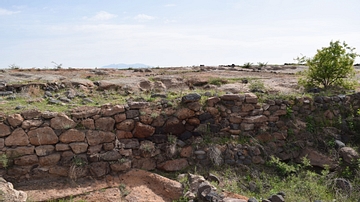
Image
Ancient Agarak Site in Armenia
Excavations at the Agarak archaeological site in Armenia reveal the basic elements of early Bronze Age habitation. The site was continuously inhabited from the 3rd millennium BCE through the Urartian era (8th-6th centuries BCE).
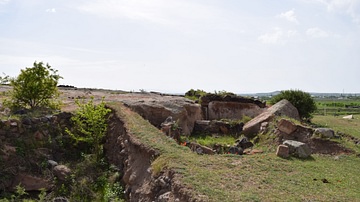
Image
Agarak Archaeological Site in Armenia
The stone and rock complexes at Agarak in present-day Armenia are linked to the Early Bronze Age settlement of the region. It is believed that humans began to inhabit the region in the first quarter of the 3rd millennium BCE.
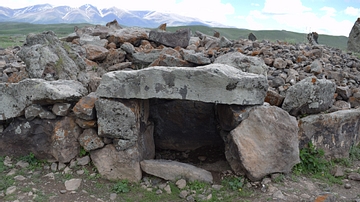
Image
Ancient Chamber at Zorats Karer
This is an ancient chamber, perhaps used for burials, at the prehistoric site of Zorats Karer in modern Armenia. Archaeologists are still trying to ascertain how it is.
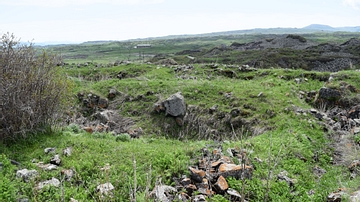
Image
Ancient Lchashen Fortress and Settlement
There is a cyclopic fortress and an ancient settlement at the southern edge of the necropolis in Lchashen, Armenia. The fortress dates from the mid-3rd millennium BCE while the settlement dates from the 4th millennium BCE. Archaeologists...